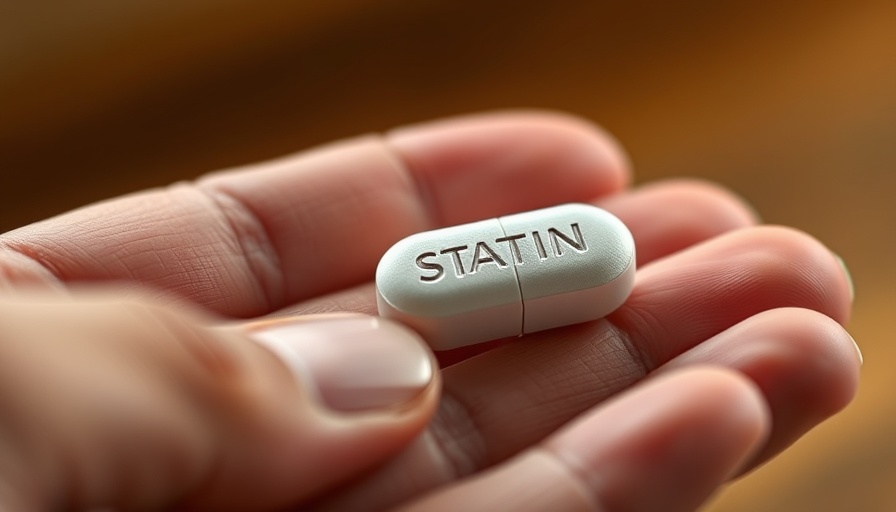
Understanding Statins: A Balancing Act Between Benefits and Side Effects
Statins are widely recognized for their effectiveness in lowering low-density lipoprotein cholesterol (LDL-C), often branded as 'bad cholesterol.' This reduction plays a key role in preventing cardiovascular diseases (CVD), which remain the leading cause of death globally. However, as essential as statins are, their uptake is marred by a significant adherence challenge, one that sees almost 90% of patients discontinuing their treatment at some point.
Muscle Pain: The Leading Concern
Part of the dilemma lies in statin-associated muscle symptoms (SAMS), cited by former statin users as the leading cause for discontinuation. Research indicates these muscle-related issues account for a staggering 72% of all statin-related adverse events. While it may seem logical for patients to stop taking a medication that causes discomfort, a deeper look reveals a more nuanced conversation surrounding these symptoms.
The Power of Perception: Psychological Factors at Play
Surprisingly, a growing body of evidence implies that statin intolerance might be largely psychosocial rather than purely pharmacological. For instance, controlled studies have demonstrated that patients cannot reliably differentiate between statins and placebos when they are unaware of which treatment they receive. This indicates a powerful nocebo effect—where negative expectations can amplify perceived side effects, leading to increased reporting of adverse experiences when patients are informed about the type of medication they are taking.
Encouraging a Clearer Outlook on Statins
These findings initiate a call for action. Both healthcare providers and patients should revisit their perceptions of statin therapy. By addressing psychological biases and fostering open conversations about statins, we can encourage better compliance. Ultimately, reducing reliance on anecdotal evidence and focusing on scientific research could pave the way for healthier choices and improved cardiovascular health.
 Add Row
Add Row  Add
Add 




 Add Row
Add Row  Add
Add 


Write A Comment